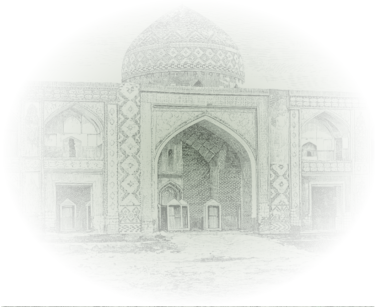Heshin was a village in the territory of the Sharur-Daralayaz uezd of the former Iravan governorate, later in the former Keshishkend (Yeghegnadzor) district, and present-day Vayots Dzor province. It was located 14 km to the east of the settlement of Keshishkend (Yeghegnadzor), on the bank of the Heshin River, the right tributary of the Yelpinchay River. The name of the village was marked on the five-verst map of the Caucasus.
The village was solely inhabited by Azerbaijanis: 62 in 1831, 174 in 1873, 272 in 1886, 229 in 1897, 237 in 1904, 260 in 1914 and 311 Azerbaijanis in 1916. The Azerbaijanis were attacked, massacred or ousted from the village by Armenian armed formations in 1918. After the establishment of Soviet power in present-day Armenia, the Azerbaijanis who survived managed to return to their own village. The village was solely inhabited by Azerbaijanis: 116 in 1922, 136 in 1926 and 164 in 1931. In accordance with the decision of the USSR Council of Ministers “On the resettlement of collective farmers and other Azerbaijani Population from Armenian SSR to the Kur- Araz lowlands of the Azerbaijan SSR” dated 23 December 1947, the Azerbaijani population of the village was forcibly deported to Azerbaijan. Later, a part of the deportees managed to return to the village which was soon after abolished. At present, it lies in ruins.
The toponym was coined by combining the words “kesh/hesh” meaning “a settlement” in Turkic and “in” meaning “a hut, a cave” in Turkic.
